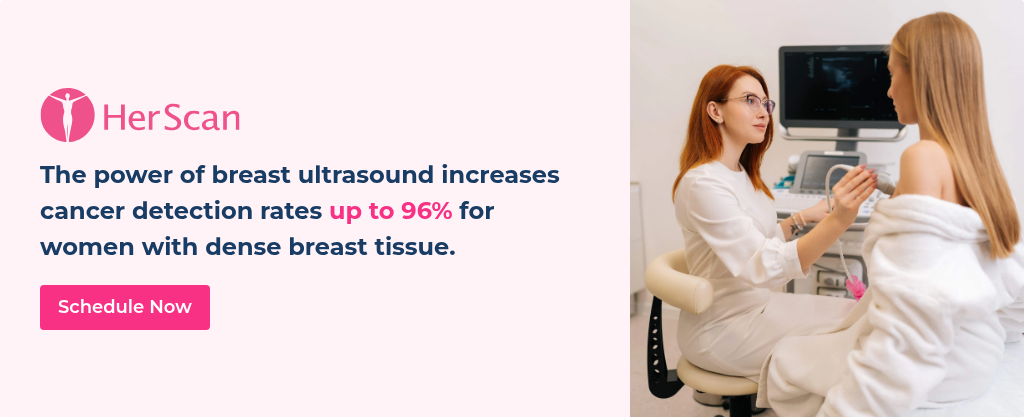Before you get wrapped up in fun, here are four tips to make the most of your summer and keep your guard up for breast cancer prevention.
Grab (Some) Sunlight and Vitamin D
In our seasonal calendar, the overwhelming presence of the sun signals summer. With abundant sun, take some time this summer to safely embrace sunlight to boost your vitamin D levels. Vitamin D is naturally found in many foods and supplements fortified with vitamin D, such as dairy products and cereals. It is also prominent in oily fish like salmon, sardines, swordfish and tuna fish. While found in everyday foods, sunlight is our primary source of vitamin D. Production of this nutrient is created by the interaction of sun rays on the skin.
How does vitamin D lower breast cancer risk?
Studies have shown vitamin D slows down and prevents the development of breast cancer. This essential vitamin plays a huge factor in reducing inflammation and estrogen synthesis, and it also maintains your immune system. Some medical studies also suggest that vitamin D may decrease the aggressiveness of cancer cells and their likelihood of spreading.
What is the recommended dosage of vitamin D?
The recommended dosage for vitamin D varies by person and depends on individual lifestyle habits, including time spent outdoors, food consumed, current medications, age and skin type.
From March to September in the United States, most people can obtain sufficient vitamin D by spending short stints in the sun with exposed skin on their forearms, hands and legs. You should also prioritize vitamin D from your diet during the winter and fall due to decreased sunlight.
Health professionals recommend vitamin D consumption from food sources rather than supplements. However, if food isn’t a viable option, take a daily supplement of 10 micrograms of Vitamin D (400 IU).
Leverage Sunscreen with Fewer Chemicals
While the sun can help boost vitamin D, you should do your diligence to use sunscreen with fewer chemicals. Studies conclude that many sunscreen products have chemicals that mimic estrogen, which can negatively affect your endocrine systems and influence breast cancer development.
These chemicals, also known as Ultraviolet filters (UV) filters, screen out UV rays from the sun but can also have harmful effects.
What are the chemicals to avoid in sunscreen?
- Octinoxate
- Octyl methoxycinnamate
- Benzophenone
- Oxybenzone
- PABA
- Padimate O
These chemicals can also be found in:
- Hair color
- Shampoo
- Makeup foundation
- Lipstick
- Nail polish
- Skin creams and lotions
If you plan to soak up the sun this summer, also practice safety. Be sure to wear hats, lightweight clothing and apply mineral-based sunblock frequently.
Grill Lean Proteins at Lower Temperatures
Did you know meat cooked at high temperatures releases chemicals known as heterocyclic amines (HCAs)? These chemicals increase by the length of time and the temperature at which meat is cooked. And there are nearly 17 HCAs identified by The National Cancer Institute that may increase cancer risk.
Aside from HSAs, polycyclic aromatic hydrocarbons (PAHs) are produced from smoke due to fat burning or dripping on hot coals. This chemical group has been linked to breast cancer.
Before you rush to barbecue, practice caution when grilling this summer. Research suggests that women who consume copious grilled and smoked meats have a higher risk of breast cancer.
How to avoid PAHs and HCAs in grilled meats
- Grill lean cuts of meat
- Trim the fat off of proteins before grilling
- Cook at lower temperatures
- Avoid “blackened” food recipes
- Trim off charred parts of food
- Use a thermometer when cooking
- Leverage marinades and herbs to reduce HCAs
Stay Active
The summer season can undoubtedly take a toll on anyone with the increased heat. But don’t let that stop your daily physical activities. Studies show that women who regularly exercise have a decreased risk of breast cancer development.
Routine physical activity helps maintain healthy body weight, circulate hormones and reduce the exposure of breast tissue to estrogen. Exercise can also influence insulin levels which also are linked to the growth of breast cancer cells.
How much exercise reduces breast cancer risk?
The American Cancer Society suggests moderate to vigorous activity for 45-60 minutes across five days of the week. Moderate exercise includes brisk walking, yoga, water aerobics, etc. Vigorous activities include jogging, biking, swimming, etc.
Set a goal this summer to not be sedentary by committing to daily physical activity and having fun while doing it.


